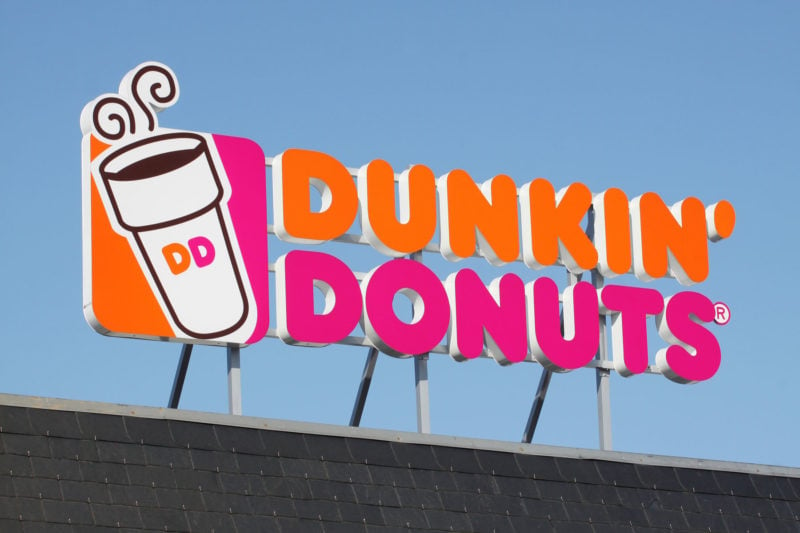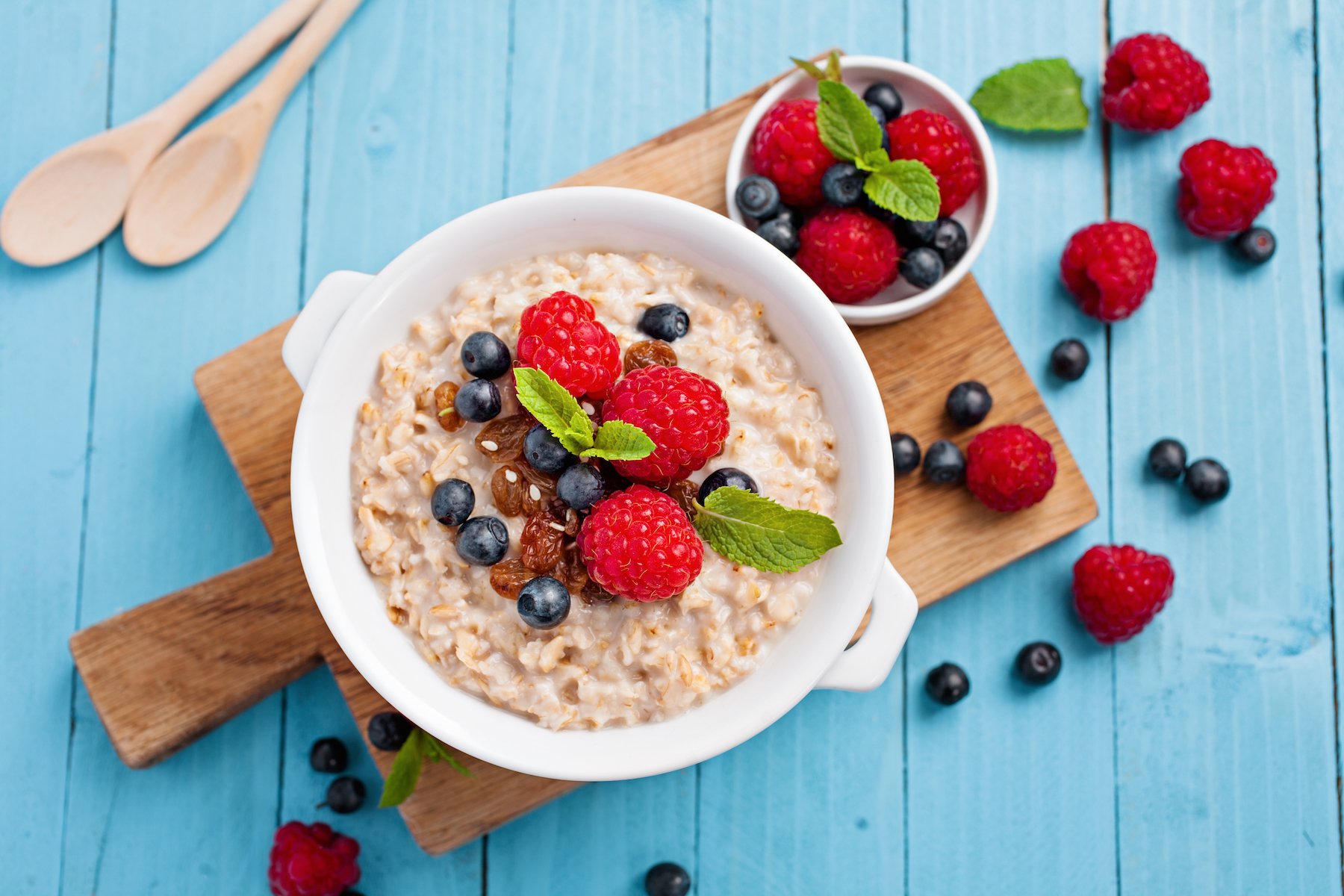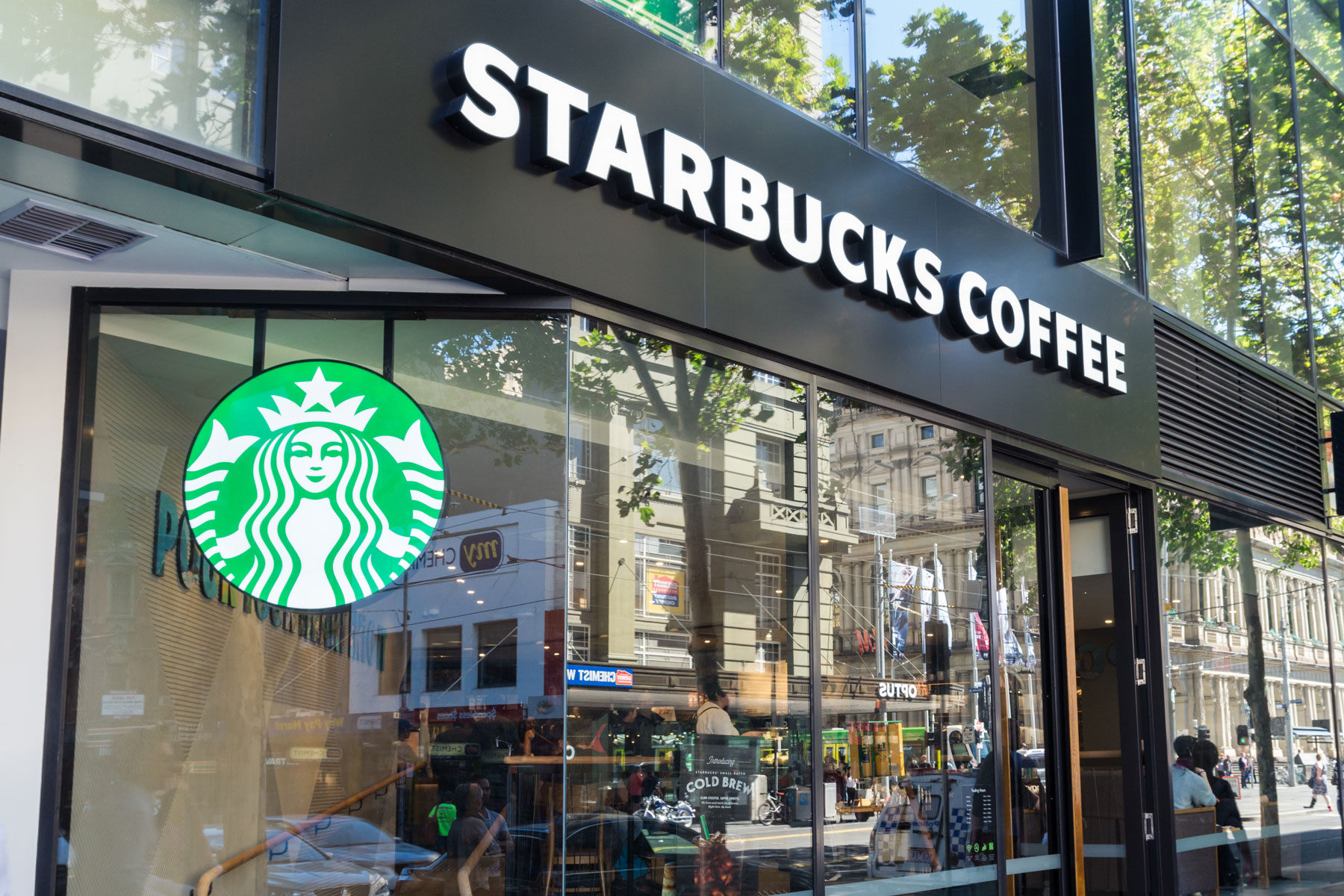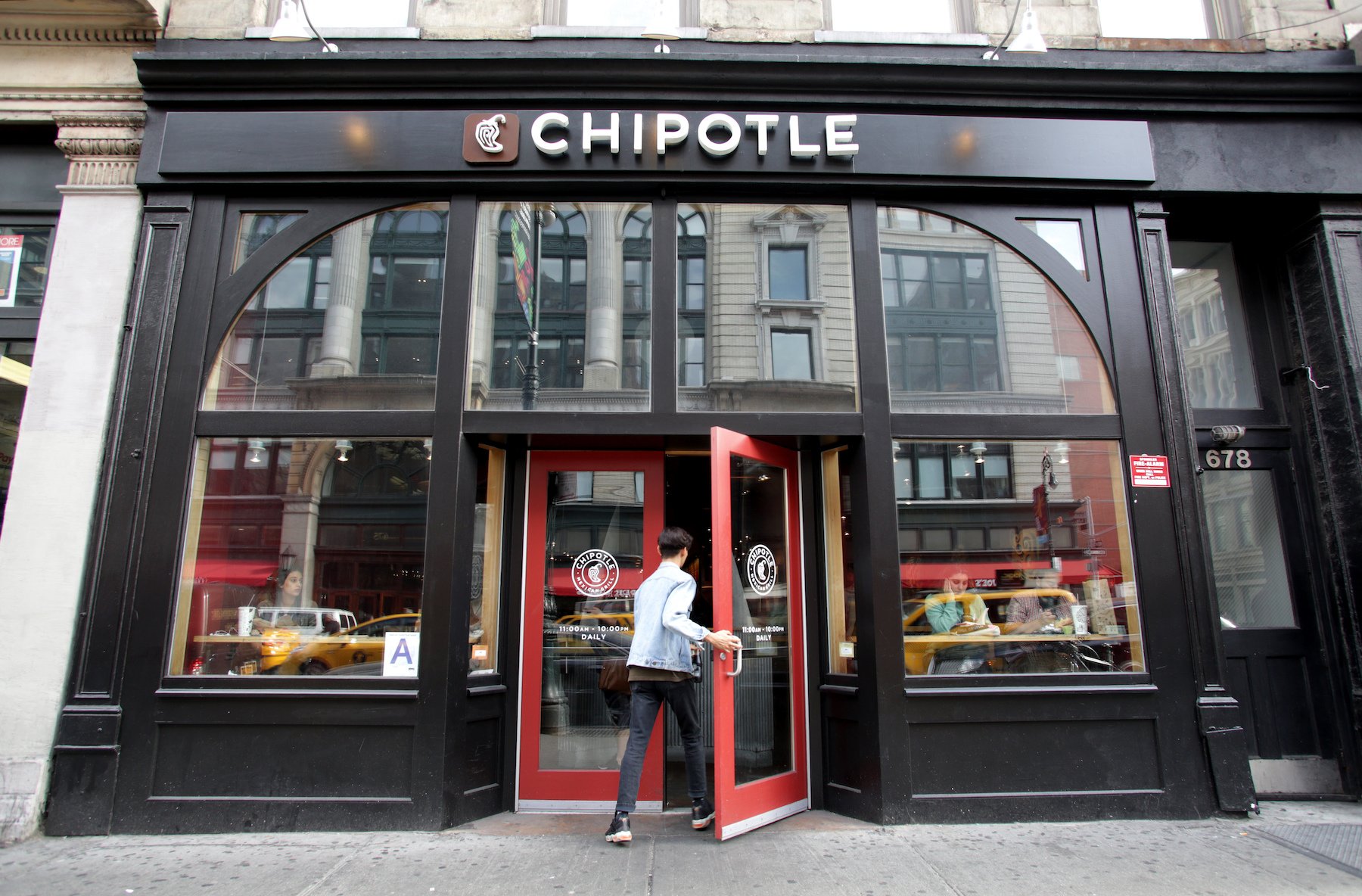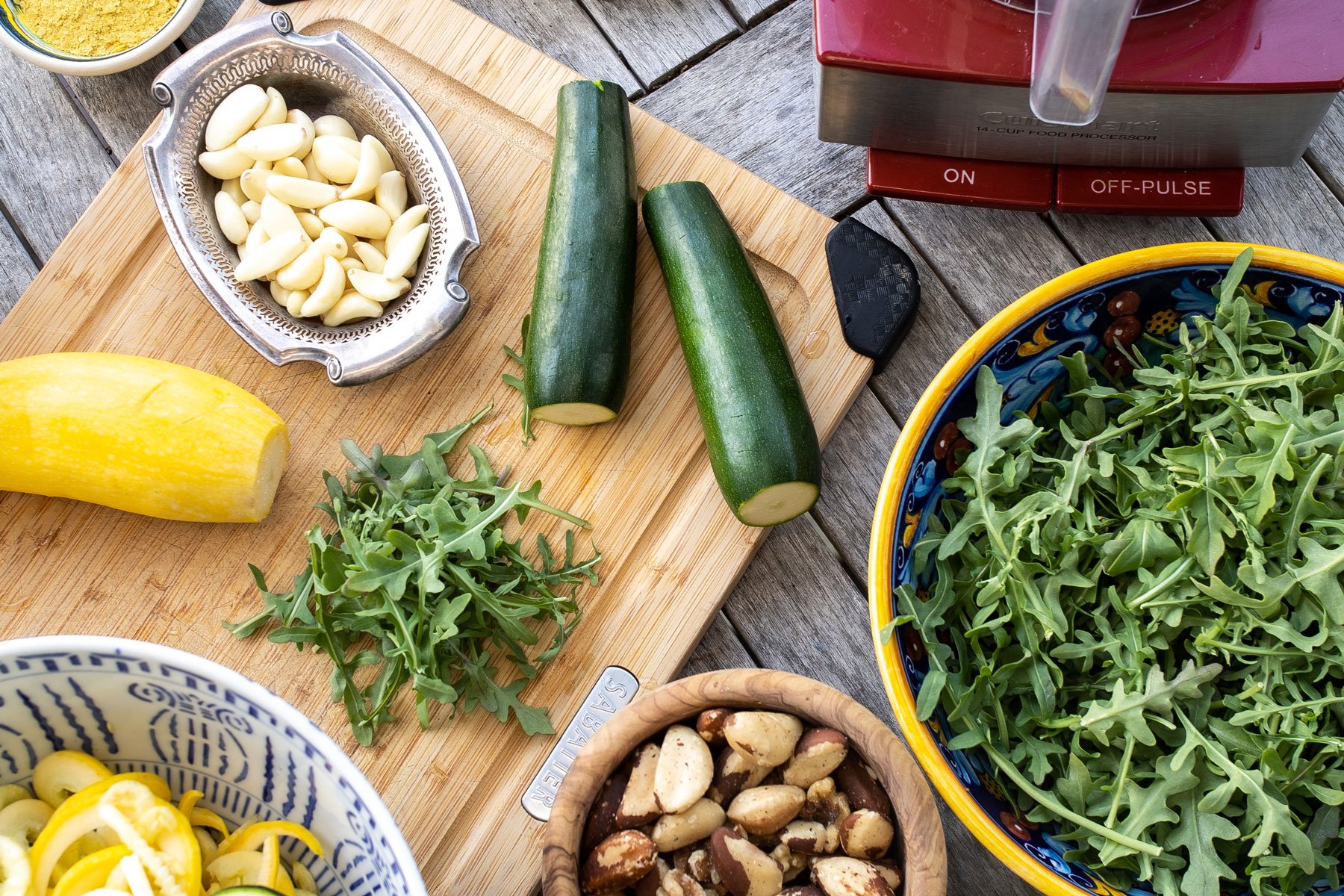We know that fast food and fast-casual restaurants aren’t great for our health in the long run. Often their menus are packed with high-calorie, high-fat, and high-sugar foods processed beyond recognition. (Chicken nuggets and sugary, blanched green beans are a far cry from plain chicken and vegetables.) Studies show that people who eat a lot of ultra-processed food are more likely to have higher fasting glucose, metabolic syndrome, risk of high blood pressure, and a higher risk of developing Type 2 diabetes.
When you eat highly processed foods—those high in refined grains, starches, sugars, and naked carbs—your blood sugar can rise sharply in the hours after. While an occasional post-meal spike isn’t cause for concern, frequent spikes and crashes in blood sugar can hamper your body’s ability to maintain optimal blood glucose levels. Over time, this can lead to insulin resistance and Type 2 diabetes.
In other words: To protect your future health, you want to avoid eating foods that’ll spike your blood sugar too often. Since many Levels members wear continuous glucose monitors (which record their real-time blood sugar response) and log their meals, we can look at anonymized data over millions of logs to see which restaurants and fast food joints seem to lead to the most significant blood sugar spikes. Note that many of these logs simply list the restaurant, not the specific food. So we’ve included the types of food that can be problematic from a metabolic health perspective, along with some alternative menu choices if you’re stuck in a restaurant like this and need to order something. A good rule of thumb for any meal: Eat real food as much as possible.
Burger King, McDonald’s
Average glucose rise: as high as 58 mg/dL
Common menu hazards: All the burgers, sandwiches, and wraps from these drive-thru joints come on buns made of enriched wheat flour and sugar, both of which spike glucose. French fries are made entirely of starchy potatoes and often fried in low-quality oils. As for the breakfast menu, both burger joints’ egg sandwiches come on an English muffin, croissant, biscuit, or wrap, all made with some combination of enriched wheat flour, corn meal, corn flour, and sugar — and all known to skyrocket blood sugar.
Ideas for healthier alternatives: Opt for the “create your own” sandwich and choose a burger or chicken patty with a lettuce wrap instead of a bun. But skip the starchy fries. A salad topped with grilled chicken, like McDonald’s Grilled Chicken Salad or Burger King’s Chicken Garden Salad, is also a good choice—but ask for the dressing on the side. It has sugar in it, so go light if you add any.
Popeyes, KFC
Average glucose rise: as high as +48 mg/dL
Common menu hazards: Chicken is the heart of both KFC and Popeyes. But it’s covered in a wheat flour that’ll spike your blood sugar, then deep-fried in highly processed oil (canola oil and hydrogenated soybean oil for KFC, palm oil for Popeyes) that’s detrimental to overall metabolic health. Other menu items—like chicken pot pie, mashed potatoes and gravy, and KFC’s Famous Bowl—are packed with starchy potatoes and processed flour for thickening, providing minimal fiber and often sugar. Though coleslaw may seem like a safe bet, both recipes are loaded with sugar (10-13 grams per serving!). Another landmine to dodge: Popeye’s famous biscuits, made entirely from refined flour.
Ideas for healthier alternatives: Though it’s not advertised on their menus, you can get grilled, non-breaded chicken at KFC and blackened chicken at Popeyes. Opt for something like a three-piece grilled chicken at KFC or Popeye’s blackened tenders, and skip the potato and biscuit sides. Instead, ask for green beans, red beans and rice, or corn on the cob if your location has it.
Related article:
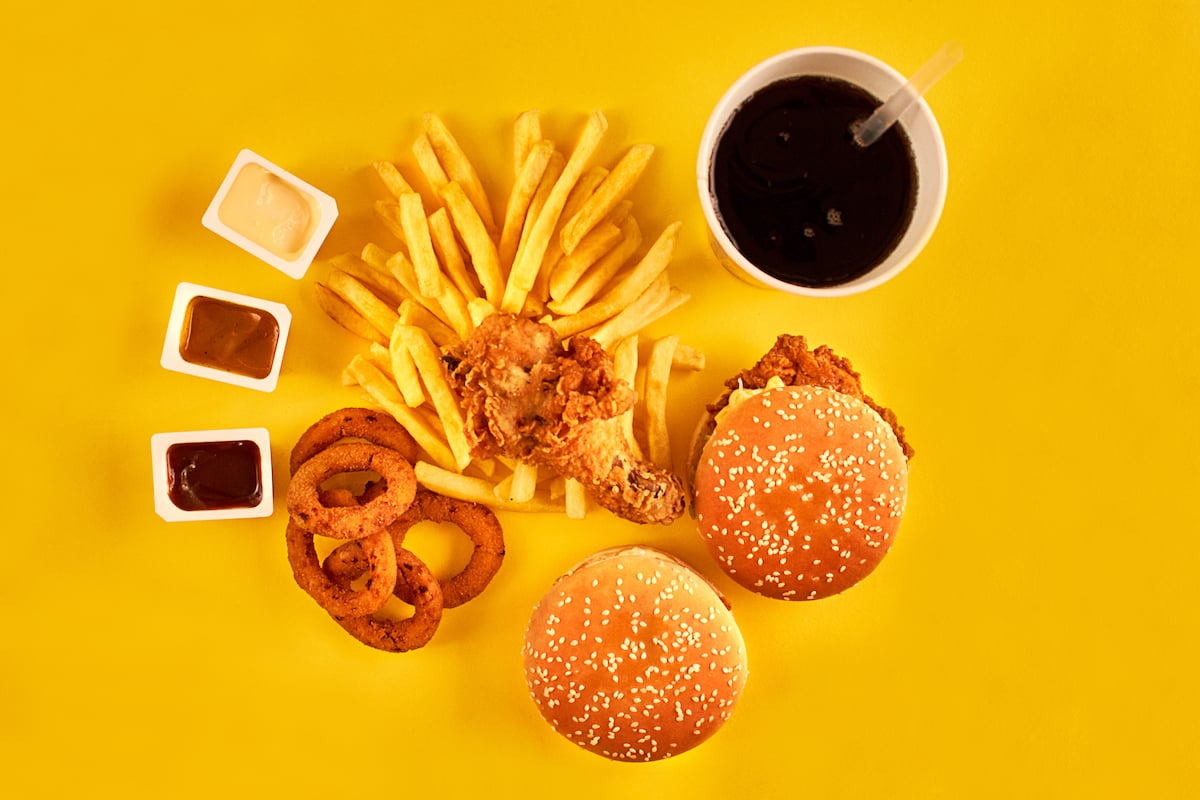
Five of the worst types of food for metabolic health
Consuming these types of food can spike your blood sugar and lead to metabolic dysfunction. Here’s why—and what to eat instead.
Read the ArticleSubway, Panera
Average glucose rise: as high as +50 mg/dL
Common menu hazards: Carb-heavy bread is the main culprit behind blood sugar spikes at these popular lunch spots. The worst offenders: Panera’s Mediterranean Veggie on Tomato Basil and Bacon Turkey Bravo on Tomato Basil, and Subway’s six-inch The Boss and Sweet Onion Chicken Teriyaki, all of which have more than 100 grams of carbs. Even dishes without bread may pose hidden glucose challenges—Panera uses flour to thicken most of its soups.
Ideas for healthier alternatives: Sandwich alternatives are an easy way to level up the health of your meal. At Subway, any protein bowl (other than the Meatball Marinara or Sweet Onion Chicken Teriyaki) without dressing is a safe bet for a low-carb, low-sugar, high-protein meal. At Panera, the warm bowls feature a blend of quinoa and brown rice that adds fiber and some protein, but individual blood glucose responses to these foods vary. Amp up the protein even more by choosing a bowl with chicken.
At either restaurant, opt for any salad with dressing on the side and a healthy dose of low-carb protein on top. Both spots offer grilled chicken; or try Subway’s veggie patty, which provides 12 grams of fiber.
Dunkin’
Average glucose rise: as high as +48 mg/dL
Common menu hazards: Dunkin’s two signature orders—coffee and donuts—are serious trouble for blood sugar. Their fancy coffee drinks are heavy on sugar and milk. Meanwhile, their donuts are entirely refined grains and added sugars; the same goes for the other pastries.
Ideas for healthier alternatives: The good news: Although immediate intakeimpairs glucose metabolism and insulin response, drinking coffee long-term may decrease the risk of developing Type 2 diabetes. Order your coffee black or with a small amount of milk. Unfortunately, there aren’t many great options for food that don’t still have a sugary meat or are messy to eat on the go. Your best bet: Trade your pastry for a breakfast sandwich like bacon, egg, and cheese—without the bread. Skip the donuts—even if you snag a low-sugar option like the Sugar Donut, the refined flour will still spike your blood sugar.
Panda Express
Average glucose rise: as high as +46 mg/dL
Common menu hazards: The basis of most Panda Express dishes is white rice or refined noodles and sugar-laden sauces: Per 1.8-ounce serving, the Teriyaki sauce has 14 grams of sugar, while the Sweet & Sour has 20 grams (that’s as much as a Snicker’s bar!). Even the seemingly healthy entrees have sugar: The grilled teriyaki chicken has 9 grams per serving, and the eggplant tofu vegetable has 17 grams.
Ideas for healthier alternatives: Build your own bowl, which is the smallest portion size available. Choose from the most blood sugar-friendly options: Super Greens Entree, Mushroom Chicken, String Bean Chicken Breast, Broccoli Beef, or Steamed Ginger Fish are all low in carbs and sugars, and all but the fish have a little fiber. For sides, skip the chow mein and white rice, and choose the Supergreens, which are steamed to retain nutrients and antioxidants (helpful for lowering inflammation), and has some fiber to slow digestion.
Dairy Queen
Average glucose rise: as high as +40 mg/dL
Common menu hazards: Sugar is everywhere at Dairy Queen. Blizzards, soft serve, blended shakes, and cakes are all detrimental to your blood sugar levels. In addition to immediate spikes, consuming this much dairy at once can cause higher insulin resistance for the next day. Aside from ice cream, DQ’s food menu is rife with starchy french fries and refined flour in the burger buns, chicken strips, and pretzel sticks.
Ideas for healthier alternatives: DQ has a few healthier menu options, like rotisserie chicken bites instead of fried chicken tenders and salads topped with rotisserie chicken. But, considering you go to an ice cream shop like this for a sweet treat, your most effective approach here is to practice moderation by enjoying dessert on occasion and in smaller portions. Also, consider taking a walk afterward to help lower your glucose levels.
